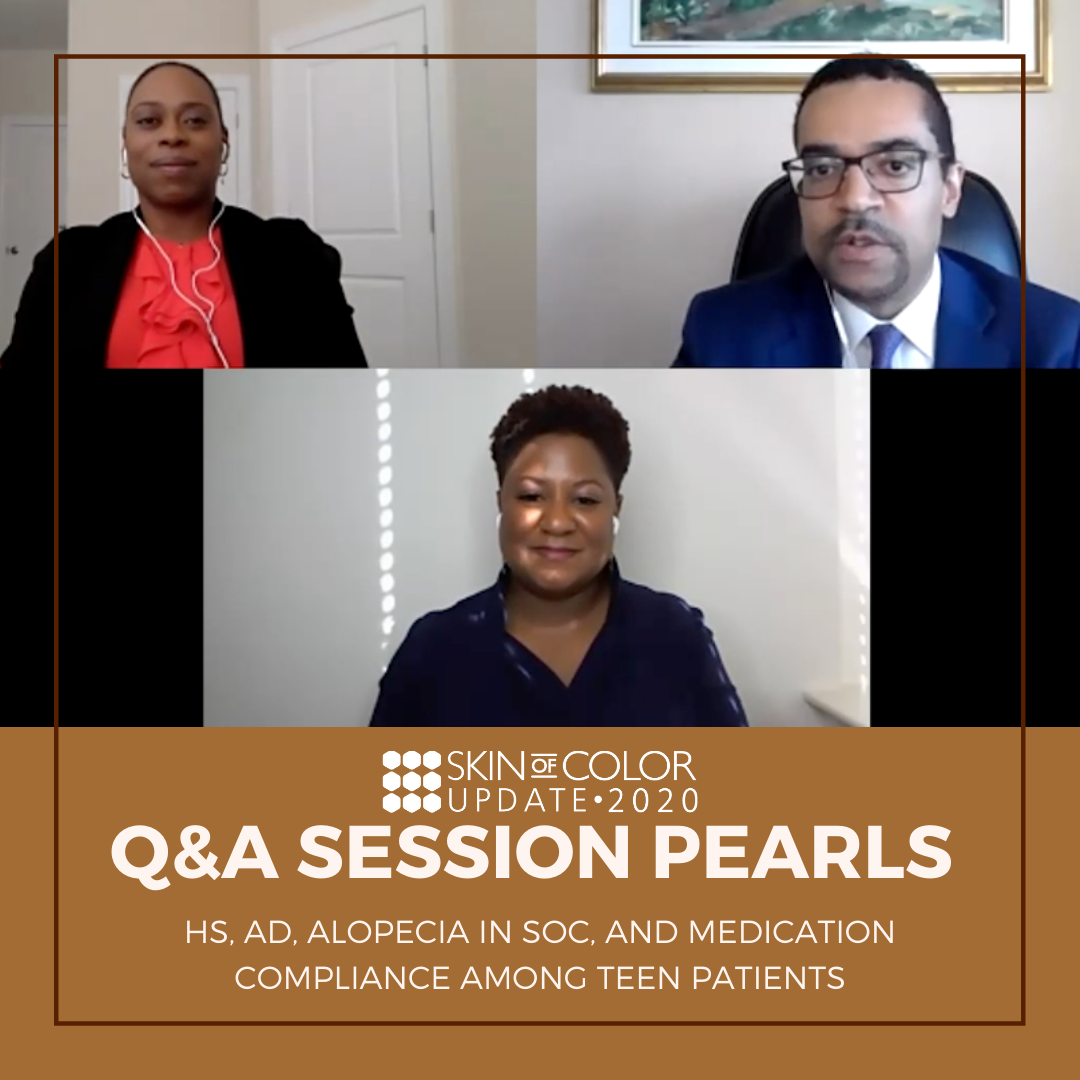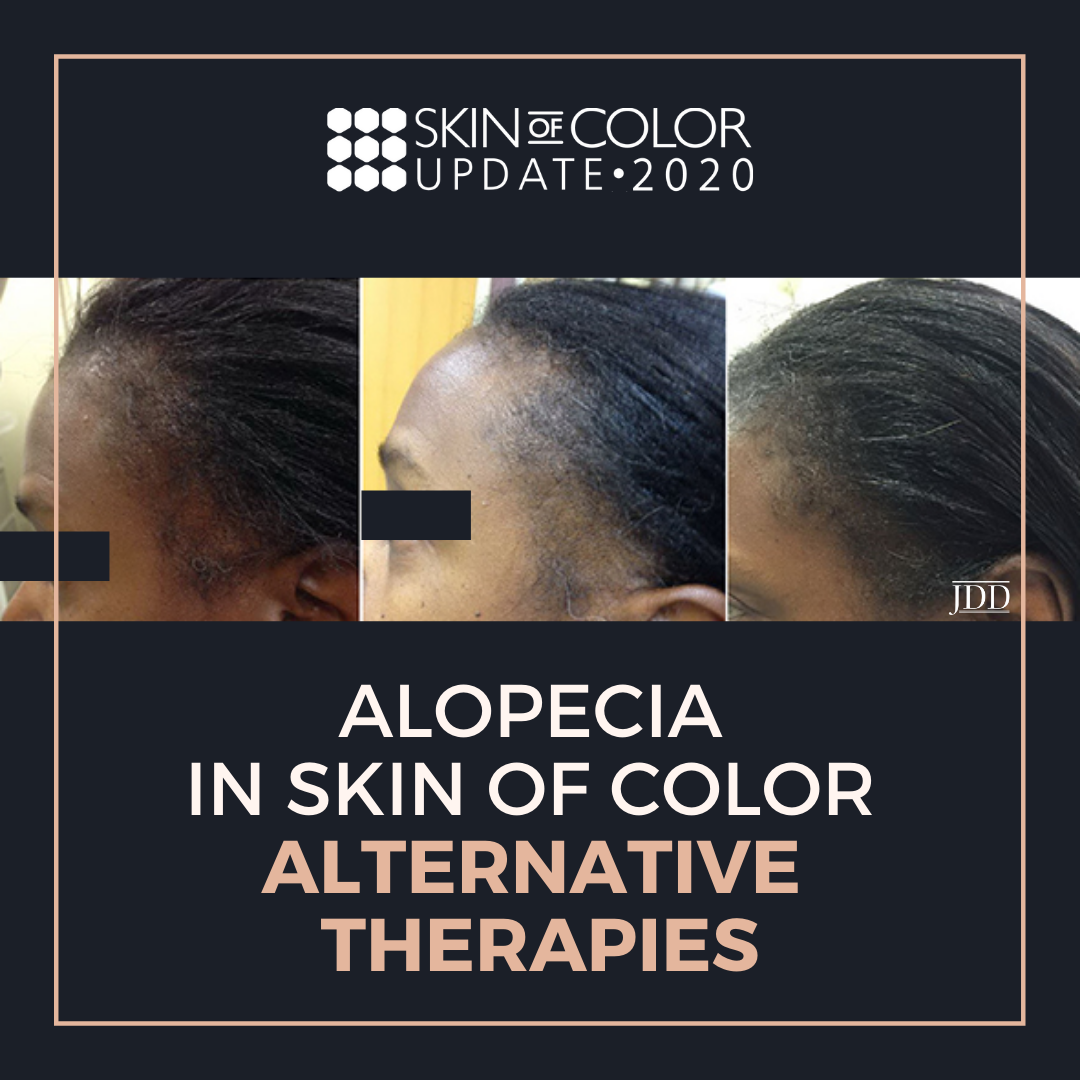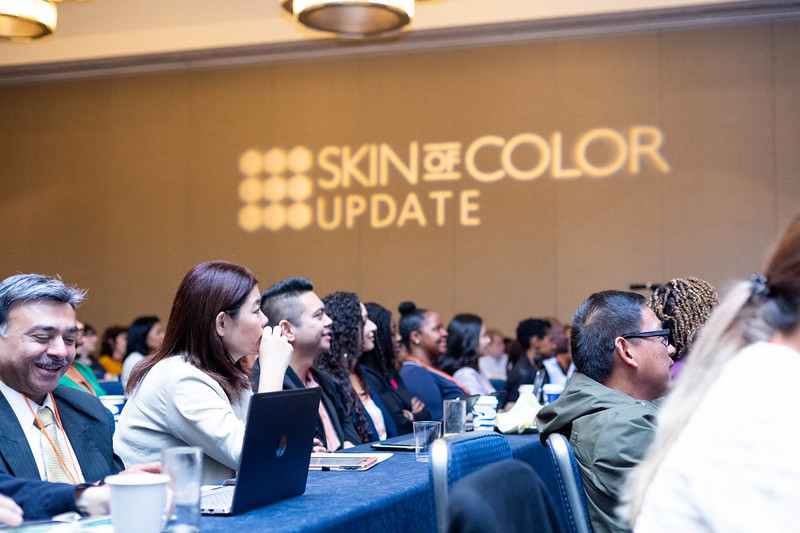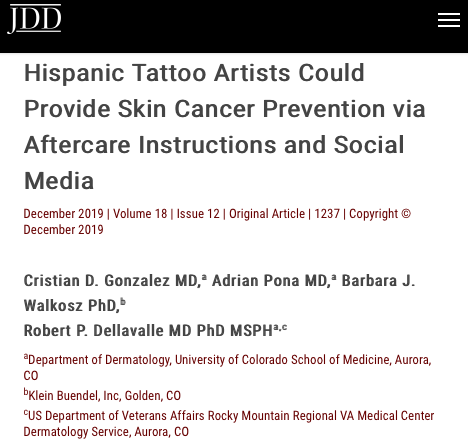
The following is a summary of one of the many Q&A sessions held during the 2020 Skin of Color Virtual Update. During this particular session, questions were moderated by SOCU Co-Chair Dr. Andrew Alexis and answered by Drs. Ginette Okoye and Candrice Heath. The audience posed important questions and the faculty offered insightful answers regarding atopic dermatitis, hidradenitis suppurativa, hairstyle recommendations for patients with traction alopecia and follicular disorders, and medication compliance among teens.
Q1. Dr. Alexis: “Dr. Okoye, when do you use spironolactone for Hidradenitis Suppurativa and when do you consider it for patients? What has been your experience?”
A1. Dr. Okoye: “Thank you for your question. Spironolactone like metformin is a good adjunct for other treatments with HS. I really never use it alone. It’s not a slam dunk by any means. I combine it with other modalities like metformin or a biologic or even antibiotics. I prefer to use spironolactone in patients who report flair with their menses. I specifically target these patients. I usually start at 50 mg/day or 100 mg/day, depending on their weight, intending to go as high as 200 mg/day. If they can tolerate it, I will leave them on that. It is one of the many layers as I mentioned.”
Q2. Dr. Alexis: “Excellent. Staying on the same theme of HS, a real burning question a lot of us have is what if you’ve tried adalimumab for HS and it’s not working? What do you do next?”
A2. Dr. Okoye: “There are 3 types of people who receive adalimumab. There are patients with a nice response who get about 50 percent or maybe a little bit more. There are patients that are the same and nothing happens, according to the patient, and then there are people who seem to get worse. For the latter two groups, I try to stick with a biologic and attack a different pole of the immune system. My next option is usually Utsekinumab. First, because it is not a TNF alpha inhibitor and second, it has weight-based dosing, I can use a higher dose and use it every 4 weeks if I can get it covered. I’ve also had better luck getting it covered by insurance than the other biologics. I would say maybe a year or two ago, my next option may have been infliximab but if I find a patient does not respond to adalimumab that TNF alpha pole of the disease may not be as active in that person so I tend not to use infliximab in those patients anymore.”
Q3. Dr. Alexis: “Thank you. That’s very helpful. I’m going to give you one last HS question for the time being before we shift gears. This is a practical one in terms of diagnostic criteria for HS. The audience member says he or she has a lot of patients who have recurrent folliculitis of the thighs with one or more comedones in the area and would this be considered an HS variant?”
A3. Dr. Okoye: “Well, it depends. In order to diagnose someone with HS, we need to have typical HS lesions in typical HS locations (intertriginous areas) and they need to have recurrences. Some of these lesions include abscesses and sinus tracts. Follicular papules and follicular pustules can be one of those typical lesions of HS, in my opinion. There are different subtypes of HS. One of them is called follicular subtype with more of a folliculitis type picture and they can have epidermal inclusion cysts and comedones. So yes, I suspect that your patient does have HS, just this particular subtype.”
Q4. Dr. Alexis: “Terrific, thank you. Now over to Dr. Heath. A general but very practical question. What pearls do you have for addressing medication compliance among teens since we know that is a unique group with unique challenges?”
A4. Dr. Heath: “Absolutely. I love the teenage population. One of my biggest tips is definitely to let them off the hook. So, what I mean by that is let them know they don’t have to do the regimen every single day. Say this in front of the parents so that skin disease does not become a battle at home. If the parents are not bugging them about it all the time, and the kid actually does commit to using it a few times and see some improvement, then I definitely let them know “great, you made and effort, let’s try to step it up if you can”. This strategy helps decrease the battle between parents and teens. Also, get them engaged in the visit. It is their skin so I speak directly to the teenager, especially if the parent is answering a lot about the patient’s health history questions, in which case I politely stop them and tell them that I really want to hear from the patient (and say the patient’s name). This makes them feel that it is their body and a really important time in their life where they can start to feel independence and positivity around seeking health care in general. One other tip is, once I give them step by step instructions to follow, I ask them to snap a picture with their cell phone or give them the idea of hanging the directions on the mirror in the bathroom, which can serve as a reminder. Those are just a few tips!”
Q5. Dr. Alexis: “Another question for you Dr. Heath, about hair. What hairstyles do you typically recommend to patients and their families in the context of traction alopecia and follicular disorders that you see commonly in SOC and do you partner with any salons in the area?”
A5. Dr. Heath: “This is a very important question. Not everyone is well versed in what is the cool hairstyle of the day. I simply start with whatever hairstyle you choose if it hurts, I would like for you to stop or loosen it. Also, if braids or cornrows are being used, I ask them “what about making the hairstyle already look like it’s one or two weeks old?”. This gives them a visual of how loose the braids should be to the scalp. I have not given a specific hairstyle, but I have given them some guidance. If it hurts, then you should stop or modify, and if it requires braids close to the scalp make it look older. Another example is doing crochet braids. This hairstyle involves hair being braided back and then just like you are knitting, very lightweight hair is attached to the braids going back. Often this is done with synthetic hair and the style doesn’t last as long as with regular human hair. So this does two things: 1) I have instructed them to use a hair that is now lighter, and a hairstyle that will self-destruct way sooner than something they would have spent 300 dollars on, so they would feel more comfortable replacing it because they didn’t spend that much. With regards to partnering with salons, if you’re new to a specific area or you’re just venturing out with skin of color and you want to give them more resources, one great place to start is online. I’m active on social media and a lot of salons and hairstylists will put their work online. I examine their work and look at the content they produce to see if we have the same hair values. See if they’re talking about healthy hair or if they have hairstyles that look too tight. Sometimes it can take time. Don’t rush it. Ask your patients who have very well-maintained hair that does not look tight: “Oh who does your hair? They’re doing a great job on their side while we are treating you medically.” You can make a list and go online and look these people up. You can talk to them or stop by. It helps them to know that you are invested in this person getting better and you’d love for them to have the client for a long time. But if the client doesn’t have any hair, they won’t be able to go there for a long time., so we (both parties) have a common goal”.
A5. Dr. Alexis: “Similar approaches have worked for me. Sometimes I will get patients who have very early CCCA/traction alopecia sent by the stylist and I want to know who that stylist is! I have a handful of excellent ones who can diagnose it early I have a very good relationship with them!”
Q6. Dr. Alexis: “I have some questions for myself that I’m going to take about atopic dermatitis. One question that I have is about hyperpigmentation and lichenification left behind from an atopic dermatitis flare. How do you manage the pigmentary sequelae?”
A6. Dr. Alexis: “This is really an area where we want to educate the patient on the importance of treating the underlying cause of the pigmentary sequelae. There is no use in chasing after hyperpigmentation without actually controlling the chronic, underlying inflammatory disease that is atopic dermatitis. So really emphasize the core aspects of treating the active disease. As far as treating the pigmentation itself, you are left with an area of persistent post-inflammatory hyperpigmentation. My treatment of that is delayed action. Why? Because many of the skin lightening agents that we would consider can be irritating to the skin especially in the context of someone who has a compromised barrier as an atopic dermatitis patient would. The endpoint for knowing when is the time to consider a bleaching agent is when I or the patient palpate the area and it’s completely smooth and there is no elevation, scaling, any sign of erythema whatsoever, no pruritus and it is just a persistent hyperpigmented macule or a patch, that persisted there for at least four weeks after the last activity. That’s when you want to consider a bleaching agent, not before. Really leveraging the non-corticosteroid topical agents such as TCIs, PDE4 inhibitors, and also if it’s a more moderate to severe patient, systemic agents like Dupilumab really can improve the sequalae too, anecdotally, because if you control the underlying inflammatory pathways there is less development of new areas of dyspigmentation and you have a better opportunity to clear the pigmentation that does occur.”








